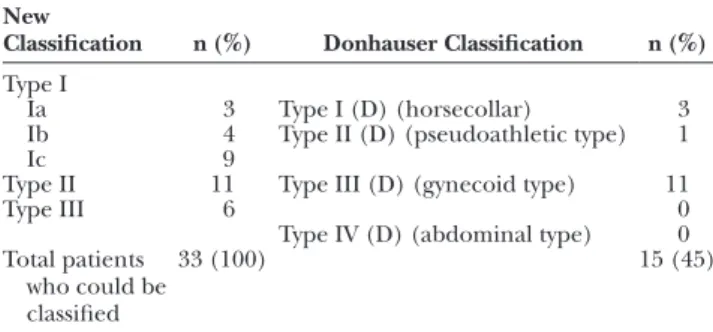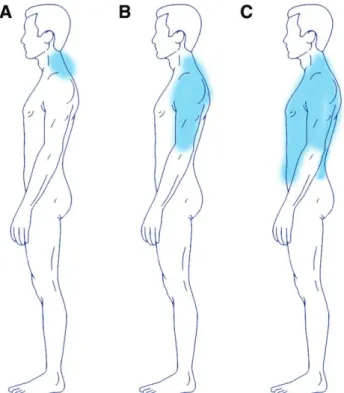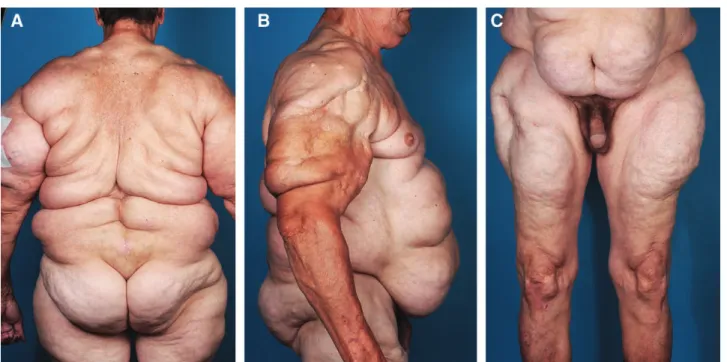We will pro- vide in [10] an extension of Theorem 10 in a finite-dimensional abstract setting including the case of elliptic and parabolic type systems with different types of
Spence, The maximum size of a partial 3-spread in a finite vector space over GF (2), Designs, Codes and Cryptography 54 (2010), no.. Storme, Galois geometries and coding
A validated PROM is unquestionably vital to the care of patients suffering from lymphedema, which plagues a significant portion of patients undergoing treatment for breast cancer..
Further sources: Internet, OLS-data on DEPHA server, UNJLC, UNICEF, UNMAS, FAO AfriCover project, Global Name and Gazetteer server, GLWD Global Wetland Data, NCCR North -South and
Further sources: Internet, OLS-data on DEPHA server, UNJLC, UNICEF, UNMAS, FAO AfriCover project, Global Name a nd Gazetteer server, GLWD Global Wetland Data, NCCR North -South
Given the difficulties of simulating the timing of initial stomatal closure, there is little chance than we can success- fully model the subsequent course of g s with a simple
Estimates and lower and upper CI (0.95) for the mean and maximum muscle activity and duration of the attachment procedure (left or right are side) derived from a model calculation
The outcome of this research expanded considerably our knowledge as regards the typology of various types of arms, especially the sword and crushing arms7, reconstructed



